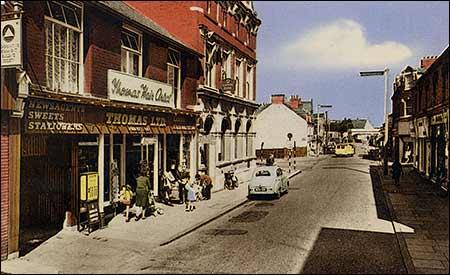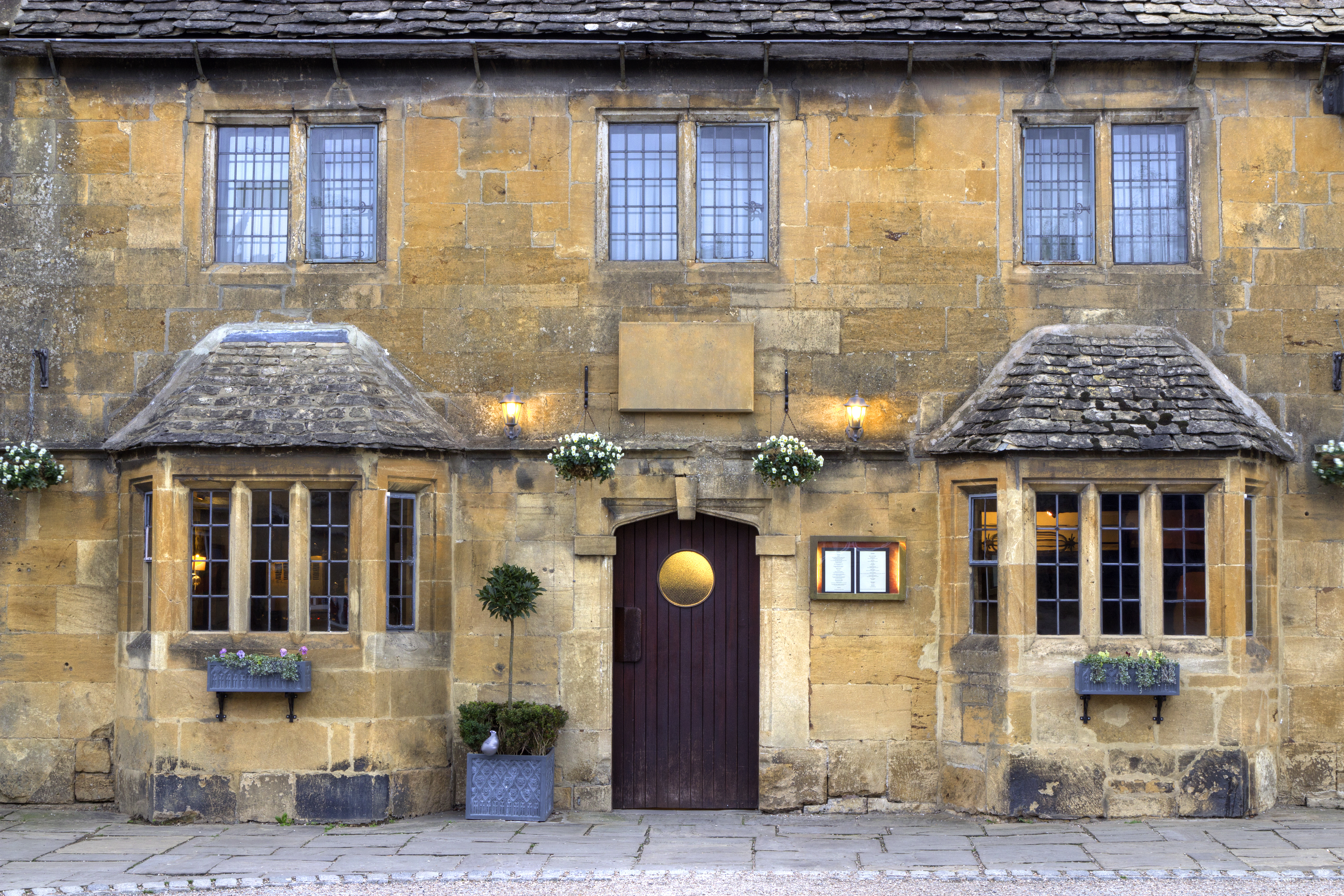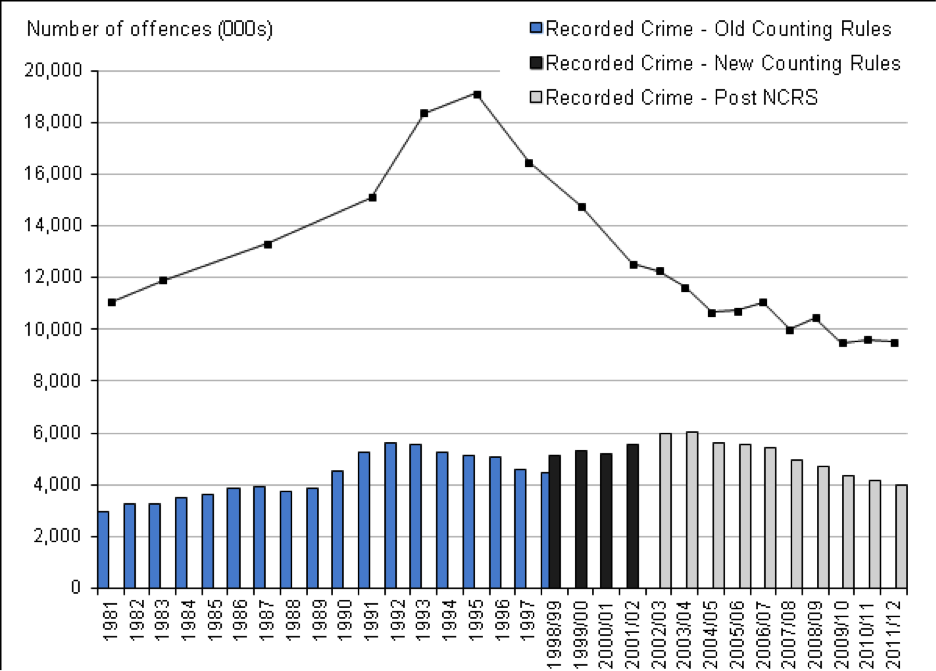22 Oct

The photo above is of a British high street in the 1950s. I have no idea where it is. If anyone does know, please contact us. I’d like to see it now. It’s a very ordinary street, almost nondescript. There are no grand buildings, nor is it quaint Olde English. If we put nostalgia aside, compared to the bustle of the modern high street, it’s a bit drab. There is still a whiff of ration books about the scene.
When I looked at the photo I tried to set aside all the individual features of the period: the lack of cars, the types of shops, people’s dress and appearance. For me, what distinguishes the scene from how it might look today is the simplicity of the streetscape. There are no forests of traffic lights, no multi-coloured pavements or roadways, no guard rails separating pedestrians from traffic. There are almost no signs telling you what you can or can’t do or providing information you could well do without. There is almost no street furniture obstructing either traffic or pedestrians. Whether you’re walking or driving down this street, you could do so quite unimpeded. There is no rigid enforcement of the distinction between traffic and pedestrians; in the left foreground, the distinction appears not to exist at all. This is a streetscape which would be cheap and easy to maintain and was probably maintained solely by the local council.
If you were to take a shot of the same street today, instead of that unadorned simplicity you would almost certainly have a visually exhausting and complicated mess. Every five yards there would be a message or an instruction. Because there are so many signs, to get noticed, every new one has to be bigger and louder than all the others. Somewhere in the scene might be a bunch of men in yellow vests digging away in order to install yet another useless obstruction or piece of street furniture on behalf of one of the twenty-odd agencies that now manage your local high street. Because of the junk built into the street, there will always be something to replace or repair: a bollard knocked over, a guard rail buckled, brick paving coming undone. Like all things complicated, our streets now are ugly and expensive to maintain; expensive, that is, for the taxpayer and for local businesses. Without constant repair they quickly become derelict.
Sure, things have moved on from the 1950s, there are a lot more cars for one thing. But our high streets would be more attractive places if we could recapture that simple sense which gave dignity to ordinary places.


